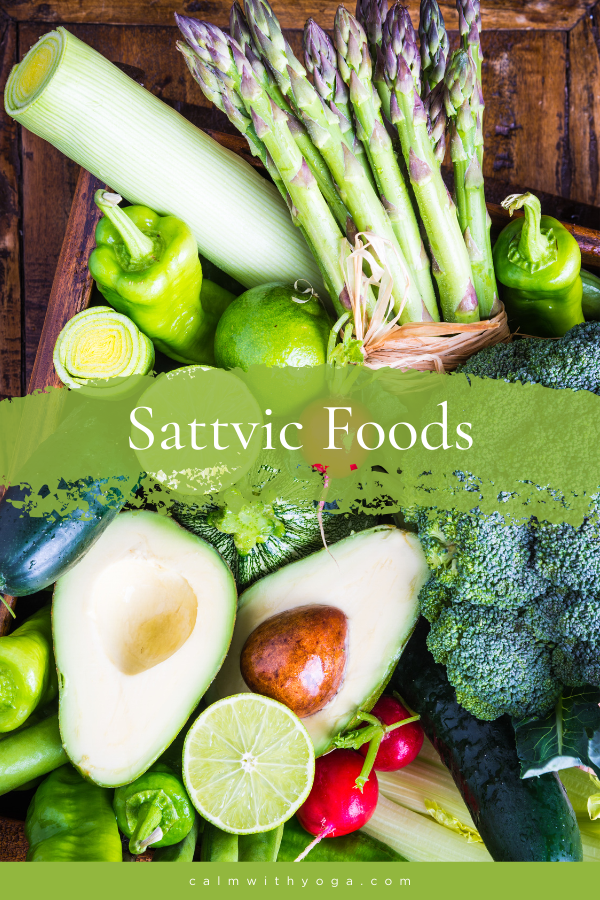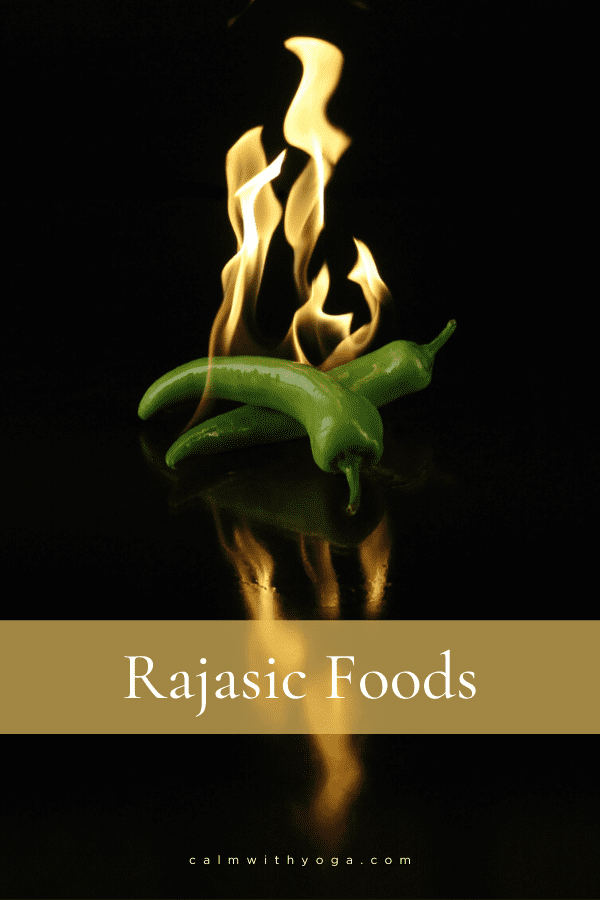Each bite contains the life of the sun and the earth… We can see and taste the whole universe in a piece of bread! Contemplating our food for a few seconds before eating, and eating in mindfulness, can bring us much happiness.” – Thich Nhat Hanh, Buddhist Monk, Author, & Activist We go to our favorite yoga class as a way to stretch, get a good workout in, and blow off some steam. And afterward, we bask in the glory of the delicious feeling of the coveted “yoga high.” For many, hatha yoga, or the physical practice of yoga, is the entry point or “gateway drug” onto the yogic journey. And although it’s true that yoga asanas are a big part of what we’ve come to know as yoga in general, it’s only one the tip of the iceberg. True yoga practice as defined by the 8 Limbed Yogic Path involves much more than just moving the body. For the serious yoga practitioner, there are many ways and opportunities to practice yoga in every facet of life. Others forms of yoga practice are:
Cultivating benevolence, compassion, empathy, and good intentions for yourself and others. (Ahimsa) Practicing temperance and self-control (Brahmacharya) Maintaining cleanliness of your body, words, and thoughts (Saucha) Practicing heartfelt gratitude and contentment (Santosha) Self-study, self-awareness, and introspection (Svadhyaya) Intentional breathing (Pranayama) Meditation (Dhyana)
World-renowned yoga teacher and author BKS Iyengar said: Food and nutrition offer us a unique way to implement the above-mentioned practices even more into our daily lives. Keep it pure and clean for the soul to reside in.” This means we can deepen our yoga practice through consuming high-quality, vibrant, nutrient-dense nourishment that supports and empowers the digestive system. Mindful eating and the quality of our food choices play a big role in the observance of Saucha – the yogic art of keeping our body temple clean.
Here are some key points to keep in mind if you want to practice yoga with food and nutrition:
1 – Yoga is union; food unites us with our environment
The Sanskrit word yoga literally means to unite or connect. – Indra Devi, yoga teacher and one of the first Western women to popularize Yoga in the U.S. In yoga, eating is viewed as an energy exchange that connects you with your environment. Your body is made up of trillions of cells that connect together to form your skin, bones, blood, organs, muscles, ligaments, tissues, etc. On the micro-level of your cells, this can be broken down even further. Our cells are made up of organelles (tiny structures inside cells). Organelles are made of molecules. Molecules are made of atoms. Atoms are made of light and energy. So our essence is pure energy. The moment food or fluid enters your mouth, you ingest parts of the environment, thereby establishing a form of energy exchange between you and the outside world. We ingest our environment with every bite of food, every sip of water, and every breath of air we take. That’s why it is so important to be conscious of this and choose what goes into your body wisely. What you ingest is reflected in your cells, your energy levels, your health, your immunity, your digestive state, your moods, and the complexion of your skin.
2 – The food we eat can increase prana (vital energy) in the body or it can drain prana from the body.
Yogis believe everything is made of prana – the universal vital energy. Each bite contains the life of the sun and the earth.” – Thich Nhat Hanh, Buddhist monk and mindfulness teacher Your cells, nerves, glands, tissues, and organs contain prana. The sun and atmosphere produce prana. The more prana can flow freely through your body’s channels the more vibrant, resilient, and conscious you’ll be. Dis-ease, dis-comfort, and physical symptoms arise when prana is either blocked or suppressed in the body. You can think of foods as being part of two groups: 1 – Living foods that are infused with the sun and earth’s prana (energy-giving foods) 2 – Non-living foods that dim your inner prana Energy giving foods are whole, unprocessed foods that have been touched by sunlight and the ground. (As above, so below.) Think of seasonal, organic veggies like kale, arugula, and asparagus, fresh fruits like berries, pineapple, and avocados. Energy zapping foods are highly processed and far removed from their natural form. Think of packaged potato chips, cookies, ice cream, and fried foods.
3 – Yoga food is nourishing to our Digestive Fire (Agni)
Yogic and Ayurvedic traditions both consider digestive fire to be at the center of mental, emotional, and physical health and well-being. Imagine you’ve got a glowing orange-red ball of energy in your belly that burns brightly when you make wise and empowered food choices. The brighter your digestive fire burns the stronger your gut health, immunity, and mental health. Dimmed Agni translates to gut issues, higher toxic load, inflammation, autoimmunity, mood imbalances, low energy, and a compromised immune system. Keep in mind that about 80% of your immune system is located in the folds of your gut. This is why even in the time of ancient Greece the wise physician Hippocrates stated that: Sebastian Pole, founder of Pukka herbs and practitioner of Ayurveda explains the bigger significance of Agni in an article written for Banyan Botanicals:
4 – The goal of yoga is to cultivate the quality of calm balance (sattva) and we can use food to achieve this goal.
In yogic philosophy, there are three main qualities through which nature expresses itself. It gave them light, warmth and cooked their food. Agnideva is the Fire God who acts as a messenger between the mortal world and the heavens. In Vedic rituals, humans offer oblations to the sacred fire. The fire takes a portion for itself and then vaporizes the rest for the benefit of the gods. The gods imbibe this nutritious fragrance and in return give life-giving waters and favorable environmental conditions from which crops flourish and humans feed themselves. This benevolent cycle continues as long as both parties are happy. It is a metaphor for our own digestive system. We eat and ‘offer’ food into the fire of our bellies. Agni digests this food and the control centers in the brain are nourished by these fragrant “vapors”. This nourishment releases the nervous impulses, which in turn release enzymes and hormones. This stimulates systemic metabolic activity so that the whole body-mind complex functions efficiently. Agni is seen as the metaphor for all metabolic functions in the body. This includes digestive function, sense perception, cellular metabolism, and mental assimilation.” When one is free from physical disabilities and mental distractions the gates of the soul open.” – BKS Iyengar These three qualities are referred to as the Three Gunas: 1 – Sattva – the quality of calm balance Sattva is believed to be the pure nature of the spirit – the union of the head and heart. A sattvic mind can become dull or clouded through over-activity, and poor diet and lifestyle habits. 2 – Rajas – the quality of activity and movement It’s thanks to Rajas that we can get things done, tackle our to-do list, and make our dreams come true. When Rajas is imbalanced the mind becomes anxious, hyperaroused, over-active, and over-driven. 3 – Tamas – the quality of inertia and heaviness If Rajas is the rise Tamas is the fall. A tamasic mind feels heavy, cloudy, dark, and dull. It’s characterized by laziness, too much sleep, lethargy, and difficulty perceiving things as they are. We can balance Rajas and Tamas to increase Sattva through our food choices. Increasing the regular consumption of Sattvic foods while decreasing Rajasic and Tamasic foods are what the yogi warrior does. Sattvic foods: (mindful eating)
fresh, organic land and sea vegetables and fruit nuts and seeds ghee (clarified butter) beans and legumes plant-based healthy fats and oils honey cinnamon basil cilantro ginger turmeric
*Try to make 60-80% of your food consumption a Sattvic diet Rajasic foods: (eating too fast)
coffee black tea eggs chicken onion garlic chocolate spicy food salt
Tamasic foods: (overeating)
alcohol red meat fried food processed food frozen food canned food refined carbs and sugars soda
5 – Honor your biochemical individuality and metabolic type first, and let your body tell you what it needs and what it can do without.
The earliest yoga teachers tended to be culturally Indian and Brahmin (the highest of the Caste system). It does not necessarily imply that we should not eat meat or fish or that we should not defend ourselves. It simply means that we must always behave with consideration and attention to others.” – TKV Desikachar, “The Heart of Yoga” This meant they were vegetarians. A widely accepted interpretation of the yogic principle of Ahimsa is that all yogis are to be vegan or follow a vegetarian diet. But this is not the case as TKV Desikachar mentions in the quote above. TKV was a highly regarded yoga teacher in his own right but he was also the son of Tirumalai Krishnamacharya, who is known as the father of modern yoga. Krishnamacharya taught other well-known yoga teachers such as Indra Devi and BKS Iyengar. In order to truly practice Ahimsa, we must also direct that benevolence towards ourselves and listen to our bodies. Your body is innately wise and intelligent – it knows what it needs to thrive and it knows what will get in the way. What your body needs to thrive may be different from what my body needs to thrive so to say that one way of eating works for all yogis (or people for that matter) is not only ignorant but also potentially harmful. For example, dairy products such as milk and ghee are regarded as Sattvic foods but if your body has an intolerance or allergy to lactose or casein then these generally accepted Sattvic foods become toxic and poisonous to your body. Your body won’t be able to process them and will instead unleash an inflammatory reaction. This is why it’s so important to know your body, eat mindfully, and get tested. The best way to know for sure what’s going on in your gut and what you’re intolerant or allergic to is to simply test. This is the concept of biochemical individuality proposed by biochemist Dr. Roger Williams. He argues that we each have unique nutritional needs and specific environmental requirements in order to function optimally and experience optimal health. Researcher William Wolcott refers to this concept as metabolic typing. According to Wolcott’s extensive research, since your metabolism is unique for hereditary reasons, no single diet works well for everyone. In other words, a healthy diet for you will not be the same as a healthy diet for your friend.
The Yoga of Food In Practice:
You can apply yoga to your nutrition through the following practices:
1 – Ahimsa – Cultivating benevolence, compassion, empathy, and good intentions for yourself and others:
Observe when you’re using food as a reward or punishment and notice the intentions behind this pattern. Bless your food before consuming and connect to the essence and prana of everything on your plate. Consume humanely raised animal products that are always organic, free-range, wild-caught, and sourced from local or reputable farms. Get tested and find out what foods your body doesn’t process or tolerate and love yourself enough to stay away from them.
2 – Brahmacharya – Practicing temperance and self-control:
Apply mindfulness to what you consume and notice what adds to your prana and what takes it away. Abstain from foods (or drinks) that you exhibit an addictive tendency towards.
3 – Saucha – Maintaining cleanliness of your body, words, and thoughts:
Make 60-80% of your diet Sattvic foods that work for you. Drink plenty of high-quality water. Reduce Rajasic and Tamasic foods as much as you can. Take up or deepen your pranayama (breathwork) practice. Be mindful of your gut health.
4 – Santosha – Practicing heartfelt gratitude and contentment:
Thank your food for nourishing you and infusing your body with more prana. Thank your gut and body for knowing exactly what to do to assimilate and process your meals. Thank the hands that prepared your food and all of the people who have worked to make it possible – the farmers, the delivery people, the grocery clerk at the store, etc.
5 – Svadhyaya – Self-study, self-awareness, and introspection:
Observe your relationship with food and your eating patterns as if you’re a neutral and detached Observer or Witness. Observe your food choices and start gently probing and questioning what’s behind them. See if you can become aware of your genuine hunger/satiety cues. Study your body and how it responds to certain foods and see what you notice.
6 – Pranayama – Intentional breathing:
Dedicate 2-3 minutes to mindful belly breathing before meals for optimal digestion and Agni If you find yourself angry, stressed, or irritated before meals use your breath to slow down before eating. If you feel uncomfortable after meals or ate too much use your breath to balance yourself out.
7 – Dhyana – Meditation:
Use mealtimes as meditation opportunities by practicing mindful eating. If you find yourself craving something you know won’t add to your prana or digestive fire try doing a short meditation to shift your mental space. Use the visualizing aspect of meditation to envision the food you eat breaking down properly and nourishing every cell and tissue in your body.






